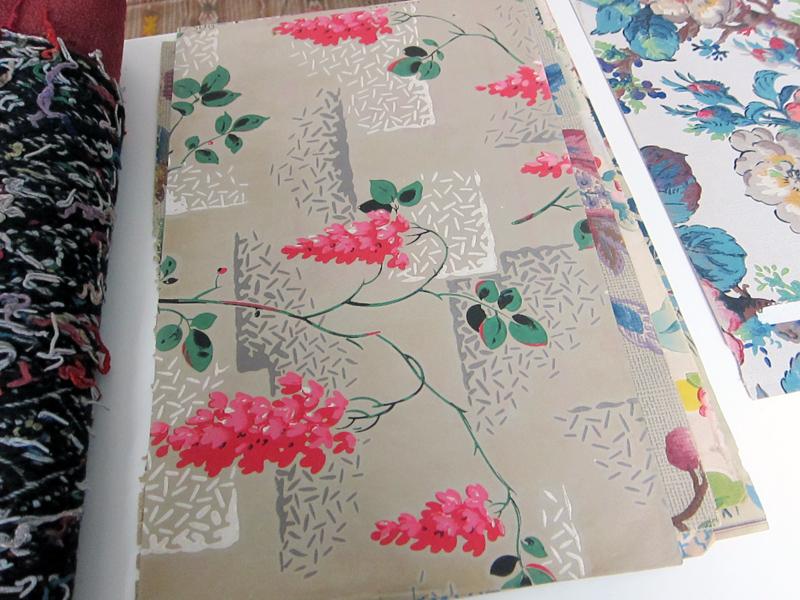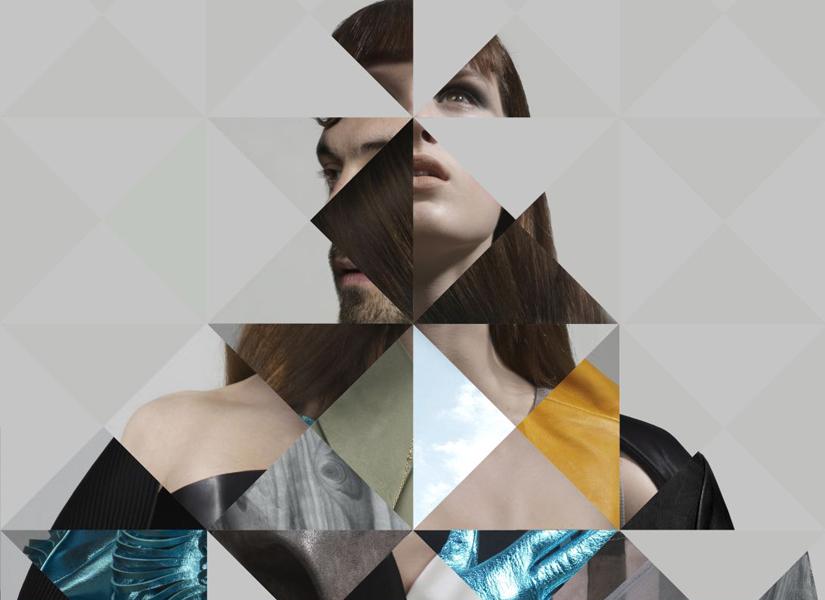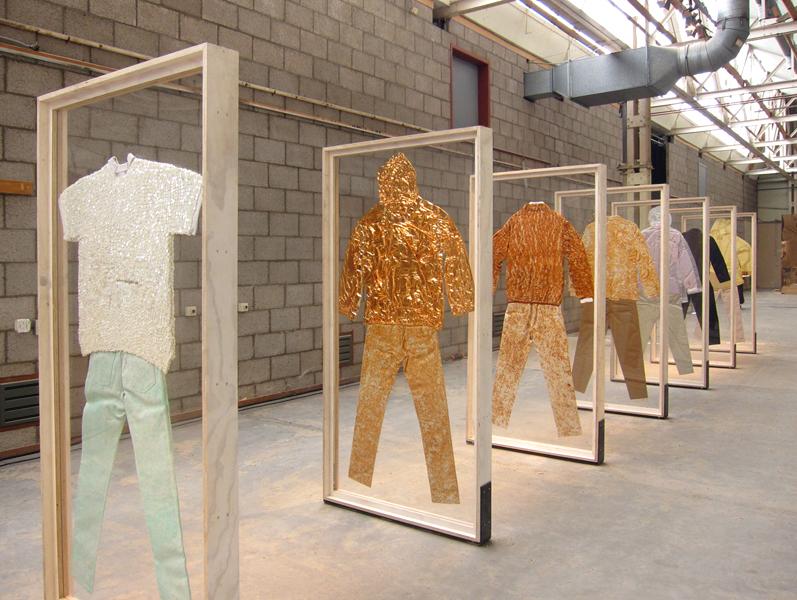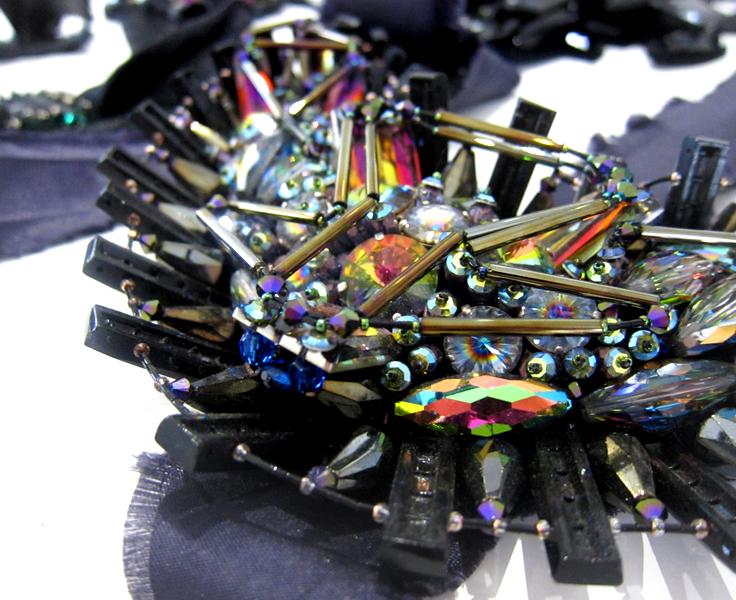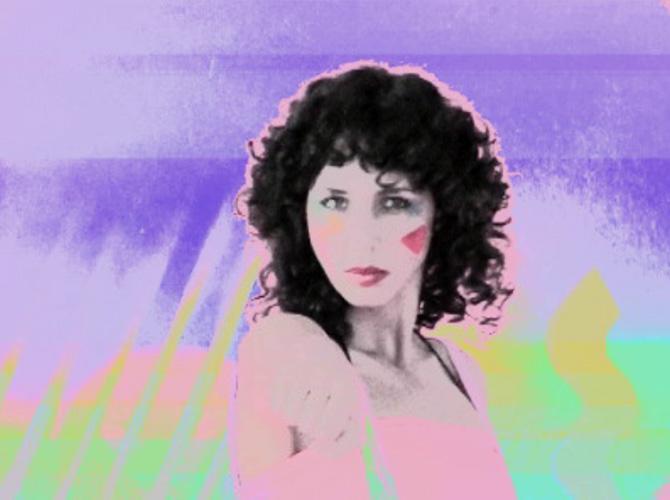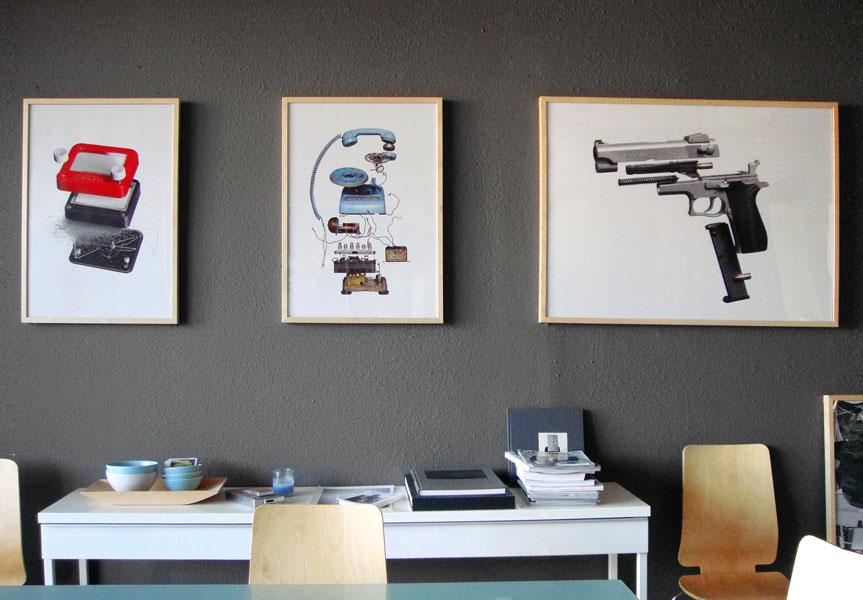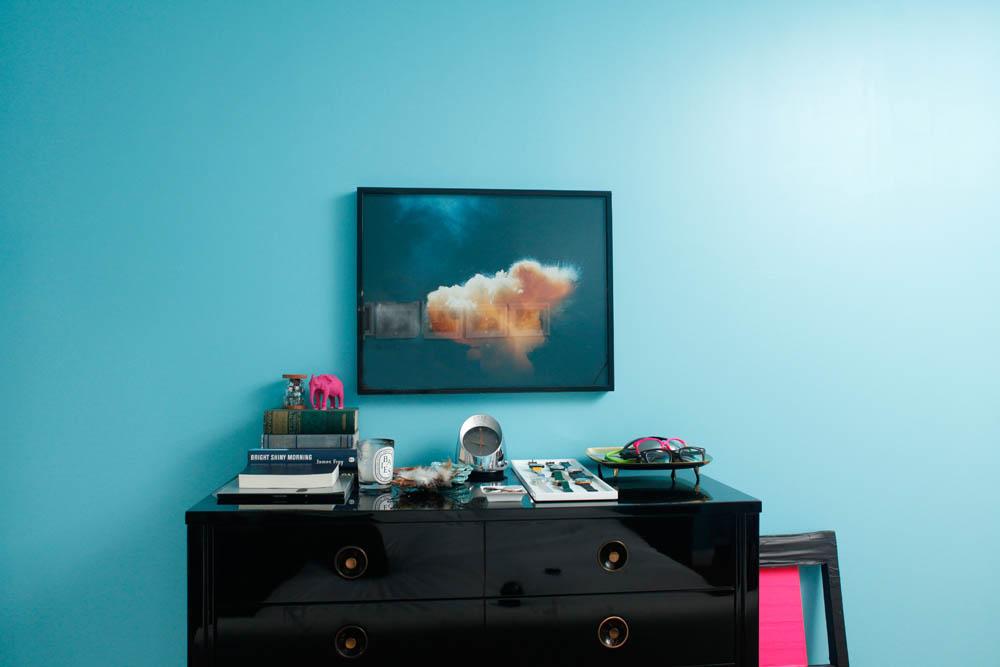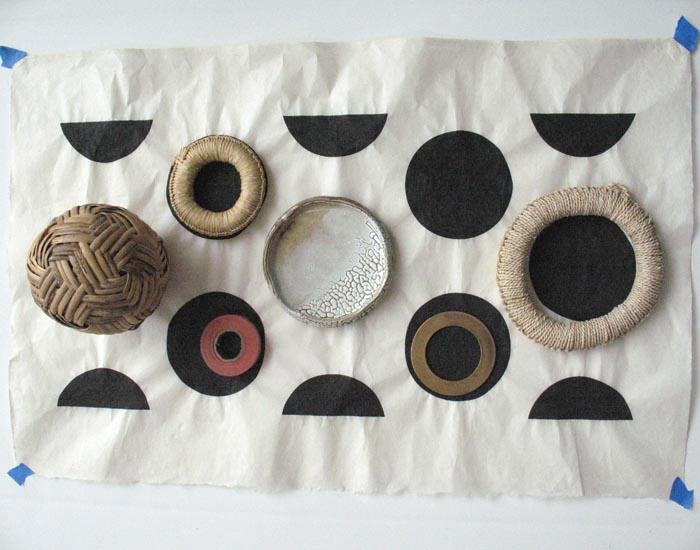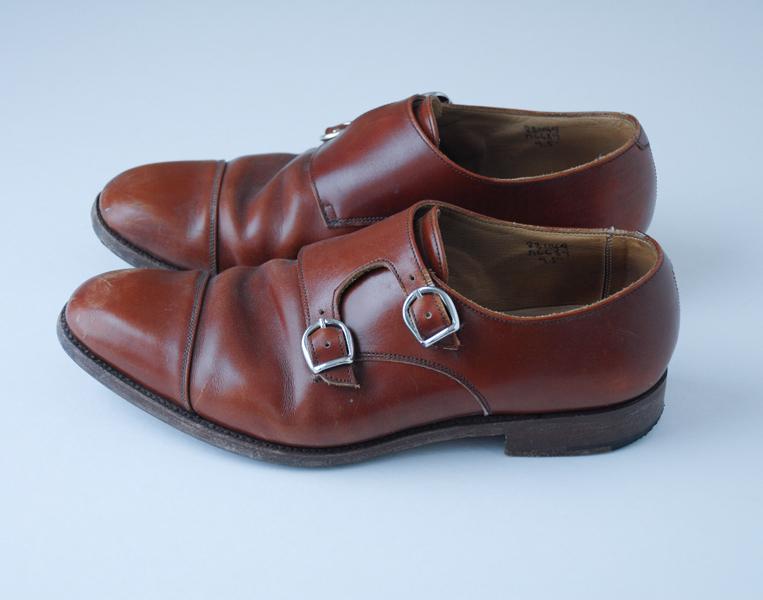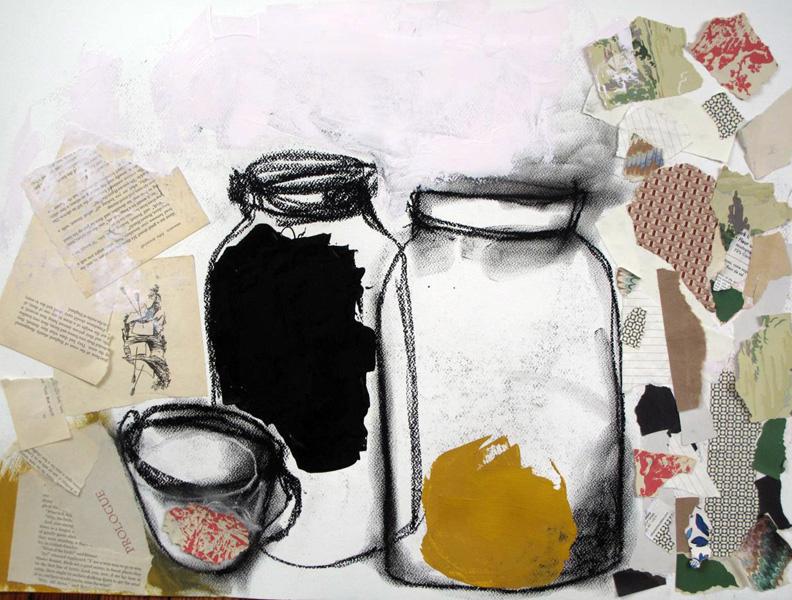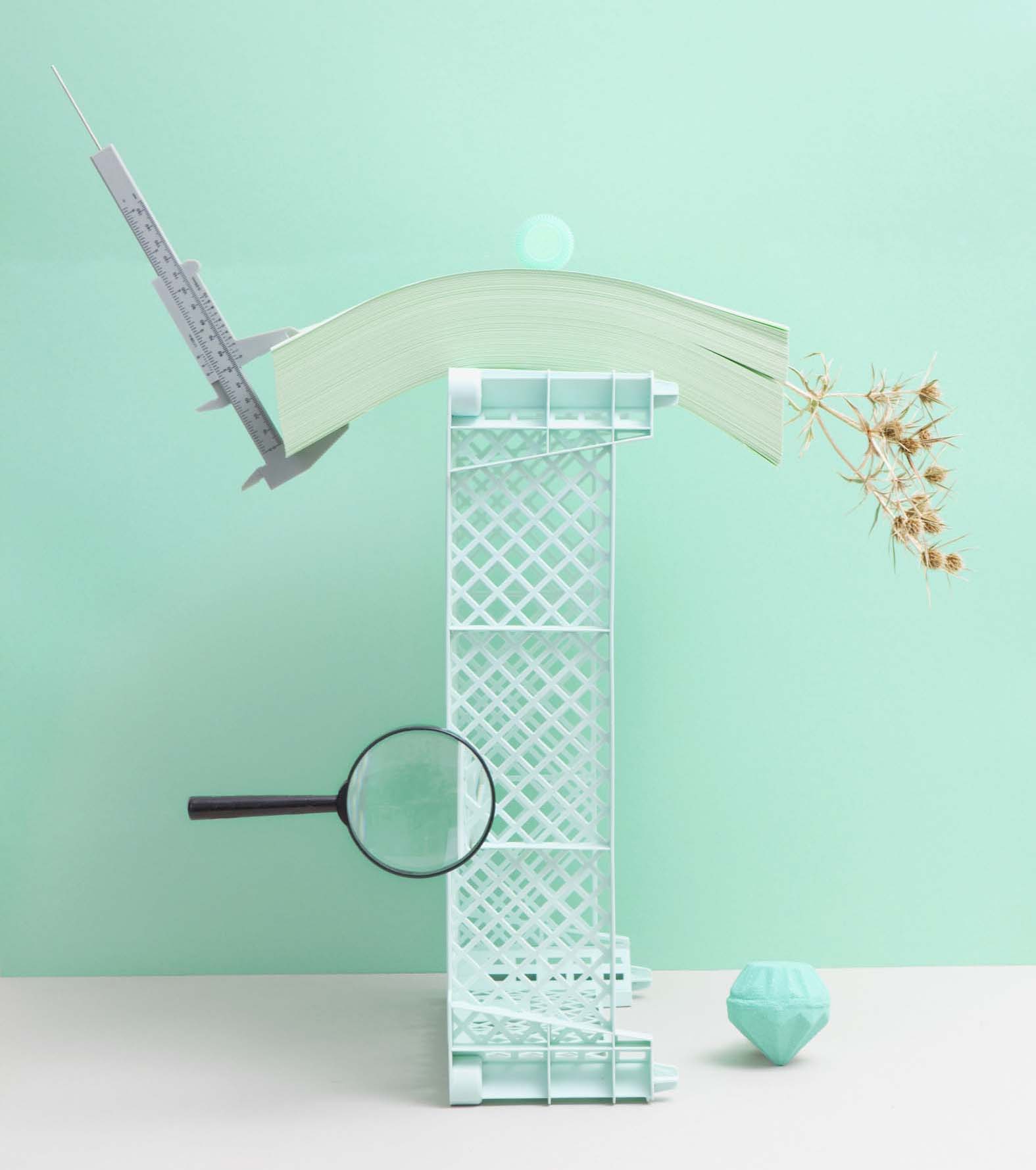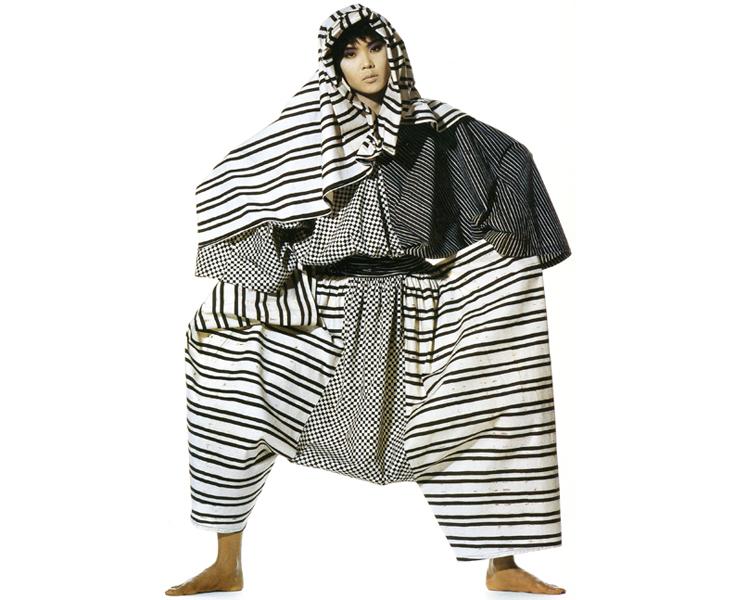
08.25.11
8 Things
Jade Lai, Owner, Creatures of Comfort
If you ever have the privilege of chatting up Jade Lai, who owns the bicoastal cult fashion emporium Creatures of Comfort, don't be surprised if she tells you that, after returning from a trip to Morocco last year with no less than 15 carpets in tow, she was struck by the notion that she could totally see herself in the rug business. And when this is followed by the revelation that she’s looking to expand the Creatures of Comfort brand to encompass food, or that she’s been taking pottery classes, or that she hopes to run a bed and breakfast sometime soon, resist the urge to raise an eyebrow — these may sound like the ramblings of a dilettante, but make no mistake, Lai is both hyper-creative and legitimately driven. Consider, for example, the year she spent working as a product developer for Esprit in her native Hong Kong: She took the job after having graduated with an architecture degree, freelanced as a graphic designer, and started her own stationery line in L.A., but proceeded to become so good at it that she could eventually identify a fabric’s contents by touch alone — a useful skill for someone who now designs Creatures of Comfort’s in-house fashion line, and one that would certainly come in handy for any aspiring carpet slinger.
